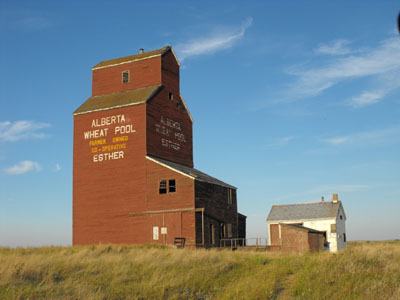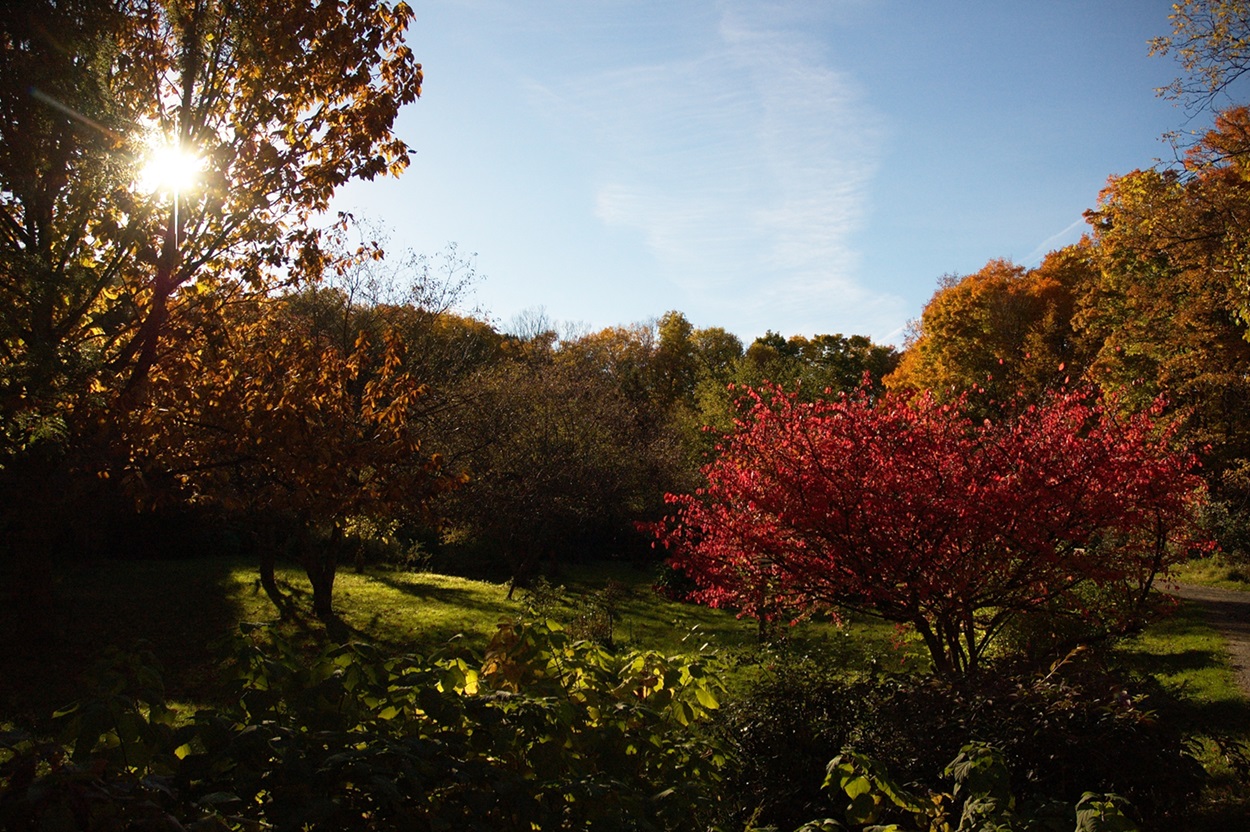The Central Experimental Farm (CEF) was created in 1886. It is an agricultural research centre located along the historic Rideau Canal in central Ottawa and it covers an open space of 427 hectares. The Farm site was initially established on the outskirts of Ottawa but with city growth, it has become a unique feature of downtown Ottawa. (See also Agriculture in Canada.)
Background
The initial purpose of the CEF and its four sister locations across Canada was to help resolve farm production matters. This early grouping has grown into a strong national network of 19 sites that include multiple locations, substations and field sites in each of the Canadian provinces. (See also Agricultural Research Stations.) The Farm is under the responsibility of Agriculture and Agri-Food Canada. It houses the corporate headquarters of this department and other associated agricultural agencies, including the Eastern Cereal and Oilseed Research Centre (ECORC). Through ECORC, the Farm is home to national reference collections of insects, plants, mushrooms and fungi. The CEF also houses the Canada Agriculture and Food Museum, which has become a prime Ottawa-area tourist location.

Research
The Farm's cropping fields and plot areas have played an important role in many research developments and successes. For instance, new cereal grains including wheat varieties adapted to Canadian soils and weather have been created, which have helped to expand agriculture on the Prairies during the 20th century. In addition, the CEF has been the center of different research projects that have come and gone depending on national agri-science priorities. Examples of such projects include: soils and Canadian land inventory, food and dairy products processing technology; horticulture and ornamental plant breeding; agriculture engineering and farm mechanical systems; livestock and poultry breeding and production; agricultural and forest insect identification and control methods; agricultural chemistry analysis methodology; plant and animal pathology, bacteriology and plant health; cereal and forage crop production and utilization; tobacco and bee research. The focus of research ranges from the whole organism down to the cellular and even molecular level.

The beautiful vegetation on the Farm bears testimony to different studies and experiments that have been made with trees, plants and ornamental flowers. These have led to the creation of two very popular public areas, the Dominion Arboretum and the adjacent Ornamental Gardens, which have matured over the years and now provide visual evidence of past research successes. (See also Arboretum; Ornamentals.) Displays of lilacs, flowering shrubs, roses and shelterbelt hedges can also be found around the CEF site.
Heritage
In 1997, the CEF, with its long science history, was designated as a National Historic Site of Canada for its many accomplishments that have supported the growth and development of agriculture in Canada.

 Share on Facebook
Share on Facebook Share on X
Share on X Share by Email
Share by Email Share on Google Classroom
Share on Google Classroom













